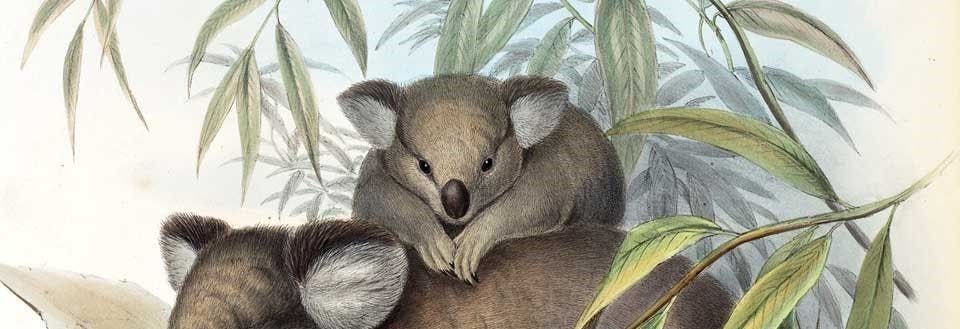Section VIII.
The Path to the Origin of Species, 1845-1859.
Between 1846 and 1854, Darwin occupied himself with a detailed study of Cirripedia, or barnacles. In 1850, he suffered the death of his dearest daughter, Annie, but he persevered, publishing four volumes on barnacles by 1854 and becoming the world’s leading expert on these curious crustaceans. He now turned to raising pigeons and studying animal breeding, planning an extensive treatise on variation under domestication, as the first part of what we call his “Big Book” on evolution. His leisurely pursuit was interrupted in 1858 by a letter from Alfred Russel Wallace, who had independently discovered the principle of natural selection while naturalizing in the Malay Archipelago. Spurred into action, Darwin wrote out an abstract of his Big Book, finishing the manuscript in just over a year. This was published as On the Origin of Species in 1859, and it contained an explanation of variation, the struggle for existence, and natural selection. And, it presented evidence for the descent with modification, or evolution. Probably no single work of the last 200 years has had a greater impact on human understanding of our place in nature than this one.

